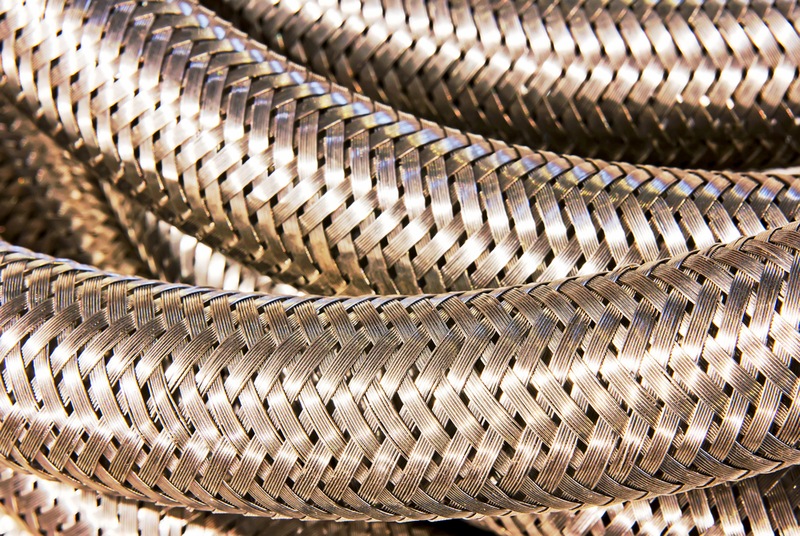
The pursuit of durable, reliable, and lightweight materials has led us to the modern age of braided composites. These advanced materials boast the best of both form and function, empowering aerospace manufacturing companies, defense contractors, and more to redefine and reshape their respective industries. Understanding what makes braided composites such coveted materials starts with understanding braiding as it relates to composite manufacturing.
The process of braiding involves mechanically intertwining three or more yarns in a specific way that prevents two yarns from twisting around one another. Mentis has multiple maypole braiders that apply anywhere from 16 to 144 braided fibers at the same time. The massive number of fibers being applied, combined with computer automated controls, means that modern braiding can be a very quick and cost-efficient way to manufacture composites.
Traditionally, braiding has played an integral part in the manufacturing of common items like cables, ropes, and even shoelaces. Nowadays, it is innovating the medical, aerospace, and defense industries – and that’s just the beginning of it. Please continue reading to discover what makes braided composites an invaluable asset for your next project.
Surprising Weight & Appearance
Did you know that braided composites are so lightweight, they can weigh more than 50% less than traditional materials? Even with that being the case, braided composites are typically stronger, more durable, and more impact resistant than traditional materials.
For this reason, braided composites are being used in industries outside of aerospace and defense, such as civil construction. Braided composites offer a plethora of design flexibility so that the composites your project requires can be tailored exactly to the look and function you desire, as well.
Incomparable Performance
Braided composites can use wide variety of constituent materials to work under a broad range of environmental conditions. These include resistance to hot and cold temperatures, flame resistance, and even relative flexibility. Braided composites can be resistant to corrosion and chemical exposure which makes them ideal in extreme environments.
Furthermore, braided composites are often more resistant to impact than other materials. In braided structures, the load is distributed efficiently throughout the entire material, which significantly reduces the stress of impact. Over time, materials may crack as they are exposed repeated pressurization cycles, external stressors and wear. However, braided composites are more effective at preventing cracks because the interwoven layers provide a degree of compliance that monolithic materials don’t.
Braided composites are being used in a wide variety of industries and applications. At Mentis Sciences, it’s easy for us to see why. Braided composites can be tailored to fit many different industries – a fact that we expect to grow exponentially in the coming years. Contact Mentis Sciences to learn more about braided composite engineering. Our expert team is happy to share its many benefits with you, such as simplicity, affordability, and performance – simply give us a call to learn more.